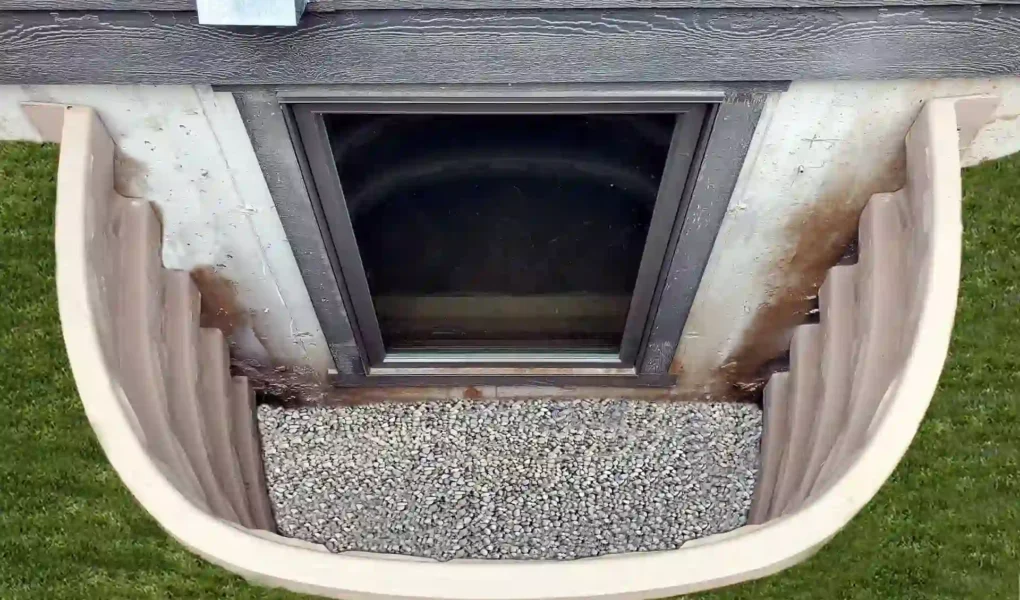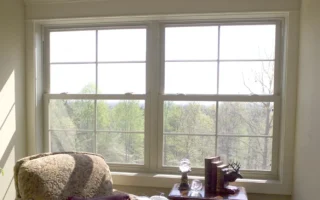Having an egress window is essential for several reasons. First and foremost, it enhances safety by providing a means of escape in emergencies, especially from basements or lower-level living spaces. It ensures that occupants can exit quickly if faced with fire or other dangers. Egress windows contribute to proper ventilation and natural light in areas that might otherwise feel dark and cramped. This improves the aesthetic appeal and creates a healthier living environment.
From a legal standpoint, many building codes require egress windows in certain situations. Compliance with these regulations is crucial for homeowners looking to finish their basements or create livable spaces below ground level. When selecting an egress window, consider size, style, and placement to ensure it meets functional requirements and local building codes. The installation cost may vary based on these elements and whether you choose DIY methods or hire professionals.
Understanding Egress Windows

Egress windows are specialized openings that provide a safe exit from below-ground living spaces like basements. They differ from standard windows as they must meet specific size and design requirements set by building codes. An egress window should typically be at least 24 inches high and 20 inches wide. The opening must also allow for unobstructed escape, making it essential in emergencies.
These windows enhance safety and improve ventilation and natural light in underground areas. A well-placed egress window can transform a dark basement into an inviting living space. Installing an egress window is often a strategic decision for homeowners looking to maximize their property’s value while ensuring compliance with local regulations. Understanding the necessity of these installations is the first step toward creating safer environments in your home.
Why Are Egress Windows Important?
Egress windows play a critical role in safety and functionality. They provide an essential escape route during emergencies, especially in basements or lower levels of homes. Having a clear exit can make all the difference when every second counts. These windows also enhance ventilation and natural light.
A dark, musty basement can feel claustrophobic. Incorporating egress windows invites fresh air and sunshine into these spaces. Egress windows contribute to property value. Homes equipped with compliant egress systems appeal more to buyers seeking safety features for their families. They meet building codes that mandate specific requirements for habitable rooms.
Legal Requirements for Egress Windows

Egress windows aren’t just a safety feature; building codes often mandate them. They’re. Most regions have specific regulations outlining their size and placement, especially in finished basements. An egress window must offer a clear opening that meets the minimum dimensions for escape during emergencies. This ensures it can accommodate individuals of all sizes.
Local laws also dictate the distance from the ground to the bottom of the window. Many jurisdictions require that this height allows easy exit without hindrance. Homeowners should also know that permits may be necessary before installation begins. Ignoring these requirements could lead to fines or complications when selling your home later.
Factors to Choosing an Egress Window
When selecting an egress window, size matters significantly. Each room has specific requirements based on local building codes. Be sure to measure the space accurately. Casement and sliding windows are popular choices due to their ease of use. The frame material also plays a crucial role in durability and insulation. Vinyl is low-maintenance, while wood offers a classic aesthetic but requires more upkeep. Proper airflow can help prevent moisture buildup in your basement or lower level. Check for energy efficiency ratings if you want to keep utility costs down. A good egress window should enhance both safety and comfort in your home without compromising style or performance.
Cost and Installation Process of an Egress Window
It is important to note that egress windows can come at a variety of prices depending on a number of factors. Generally, homeowners can expect to pay anywhere from $1,000 to $5,000. This range depends on the type of window chosen and specific installation requirements.
Labor costs are another consideration. Hiring a professional ensures compliance with building codes but may add significantly to the overall expense. DIY options exist for those skilled in home improvement, potentially reducing costs.
Installation involves excavation work outside your home and framing inside. Proper sealing is crucial to prevent leaks and water damage later on. Permits might also be necessary, adding time and potential fees.
Investing in an egress window enhances safety while providing natural light and ventilation benefits worth considering against the initial outlay.
DIY vs Professional Installation of Egress Windows
When installing an egress window, homeowners often face a choice: tackle the job themselves or hire professionals. DIY installation can be tempting. The process can save you money and give you a sense of accomplishment.
Professional installers bring expertise that can save time and headaches. They know how to navigate permits and ensure compliance with regulations. Their experience might prevent potential pitfalls that an inexperienced homeowner could encounter. If you’re handy with tools and comfortable digging out space in your foundation, you might find success on your own. But if this feels overwhelming, investing in a pro may ultimately protect your home’s integrity and peace of mind.
Maintenance and Safety Tips for Egress Windows
Regular maintenance of your egress window is essential. Start by checking for any debris obstructing the opening. Leaves, dirt, and snow can accumulate over time. A clear pathway ensures a safe escape route. Inspect the window seals and frames periodically. Watch out for signs of damage or wear that might compromise safety. Resealing may be necessary to prevent water infiltration.
Keep the area around your egress window well-lit at night. Install motion-sensor lights to enhance visibility during emergencies. Test the window’s functionality regularly, open and close it to ensure smooth operation. If you encounter resistance, address it immediately; a stuck window defeats its purpose. Educate family members about using the egress window in an emergency situation. Practice drills so everyone knows how to exit safely when needed. This preparation can save lives when every second counts.




